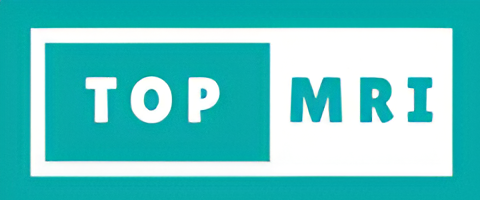
Joint Pain
Joint Pain
Joint problems are quite common and mostly occur in hands, feet, hips, knees, or spine. The pain could be recurring or constant and the joints can feel stiff, sore, or achy. Some people feel a burning, throbbing, or grating sensation. There is a possibility that you may feel that your joints have become stiff in the morning time but with the movement and activity, they could loosen up and you may feel better. You should perform the activity in a limited manner otherwise the pain could worsen. It affects the functioning of the joints and may limit the ability of a person to do basic tasks.
What are the symptoms?
Symptoms could range from mild to severe. It includes –
- Swelling and Stiffness
- Numbness
- Lack of motion
- Movements are painful
- Noisy joints
- Difficulty in straightening or bending the joint

How is it at risk?
Joint pain occurs in people who:
- Overuse a muscle.
- Have arthritis.
- Are obese.
- Suffer from stress, anxiety, and depression.
- Have had previous joint injuries.
- Have poor health conditions.
- Are aged.
What are the causes?
There are various causes of joint pain such as:
Osteoarthritis –
This is a common kind of arthritis that happens when the cartilage wears away.
Rheumatoid Arthritis –
It is a chronic condition in which there is pain and swelling in the joints and may become deformed.
Bursitis –
It is found in the hips, knee, elbow, or shoulder and is the result of overuse.
Gout –
It is a painful condition that occurs in the big toe. In this, the crystals from the body collect in the joint resulting in severe pain and swelling.
Tendinitis –
It is the inflammation of the tendons and is seen in the heels, elbow, or shoulder.
Viral infections, fever, rash, and injuries.

How to diagnose joint pain?
There are various ways to diagnose joint pain –
- Considering the medical history.
- Testing joint fluid.
- Doing a physical examination.
- Imaging tests like MRI, CT Scan, X-Ray, and Ultrasound.
What are the treatments?
Various ways to treat joint pain are –
- Losing weight
- Exercising
- At-home treatments
- Anti-inflammatory drugs
- Dietary supplements
- Topical treatments
- Physiotherapy
- Antidepressants
- Supportive aids
- Painkillers
- Steroids
- Joint replacement
- Arthroscopy
Conclusion
As we know that joint pain is very common and mostly found in middle-aged and old people, it is necessary to take a proper diet and avoid overusing muscles. It not only affects the quality of life but also limits movement and daily activity. So, it is better to take preventive measures and visit the doctor if you face more issues.